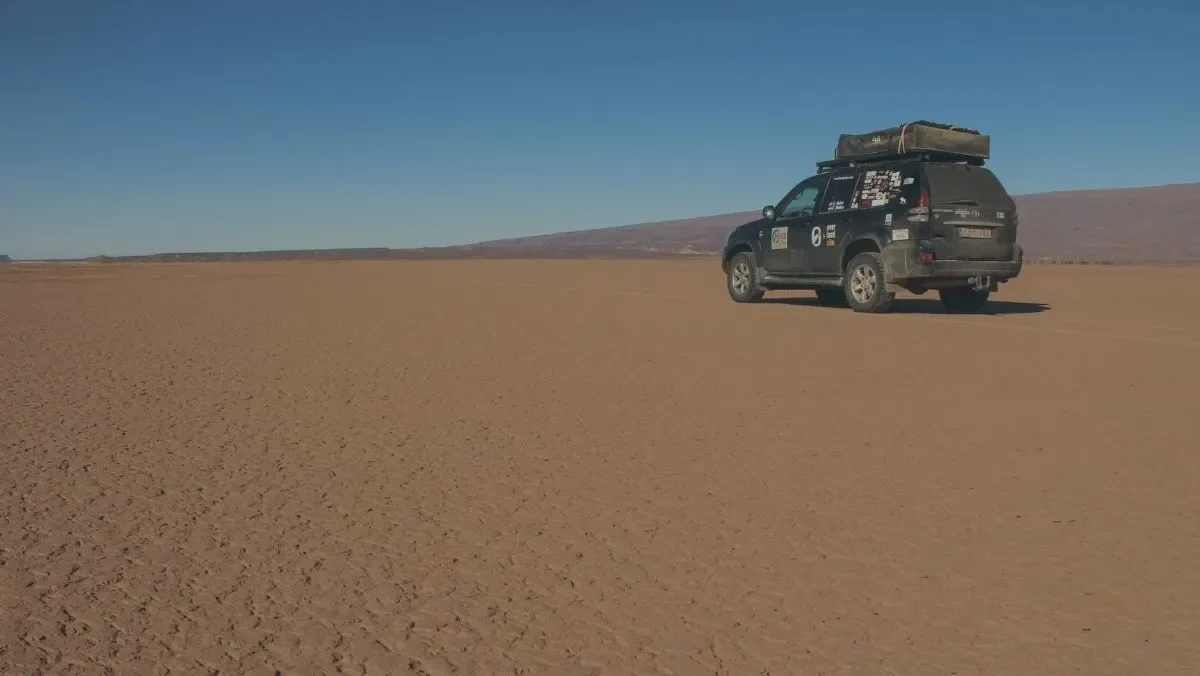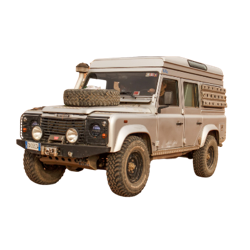Appropriate use of 4-Low and 4-Hi is of great importance for the protection and longevity of your transmission, transfer box, and drive-train components. But you might be wondering what is the difference between 4hi vs 4low written on your transmission?
Every gear selection has a distinct function and as an owner of 4-wheel drive, you must understand the differences between the two and when to apply to given the situation.
Low range is a powerful function and lets you do things no two-wheel-drive ever could. You can engage the 4-low mode to move past soft sand, over steep hills, and on difficult terrain.
It will get you through snow or difficult mud and it comes in handy when moving over deep ruts and boulders. You must use it wisely to ensure you bring your vehicle home safely.
The low range also enhances your car’s capabilities since it uses the car’s engine braking. You put yourself in control and ease more controlled handling of your 4×4 without directing all the stress solely on brakes.
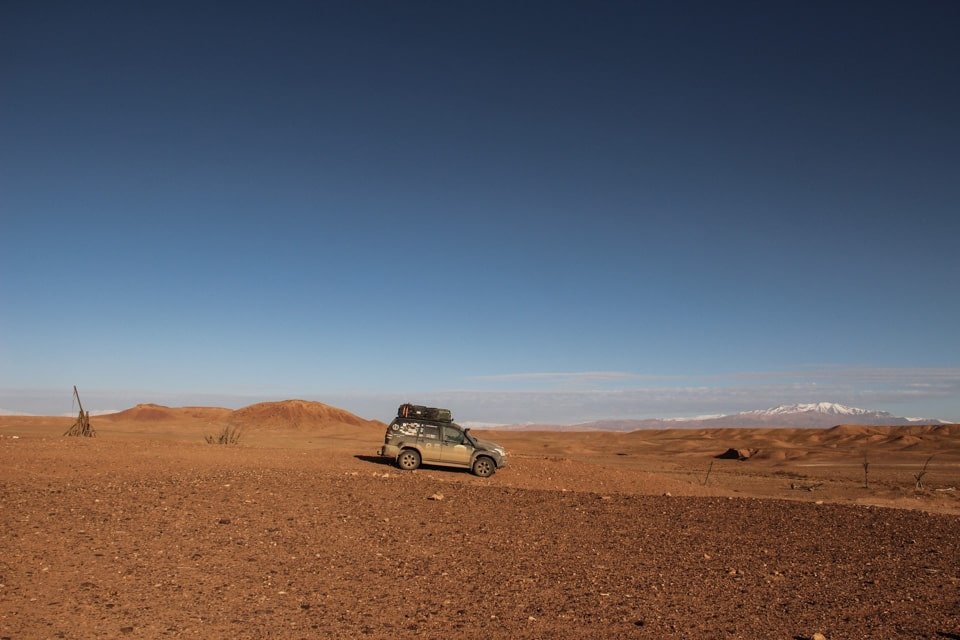
What is Low Range?
Low range refers to a reduction in the off-road cars’ gear range to ease driving on steep gradients and difficult terrains. Combined with 4WD, the low range allows the vehicle to move smoothly through rugged terrain.
The model is appropriate for these types of territories. A shifter or an electronic switch is for engaging low-range gears. These low-range gears enable the vehicle to travel at considerably slower speeds while remaining in the engine’s useable powerband.
What does 4 High And 4 Low Mean?
Comparing 4 high vs 4 low helps you understand your car capabilities. In 4-Low, the 4 symbolizes that your car is in the 4WD mode, which means that the vehicle propulsion is at the axle through the transmission and transfer case.
The “low” infers that the driver is engaging low range in the transfer box. Most off-roaders have 4H, 2H, and 4-Low settings. A car with 4-Low is well-equipped for terrains that demand more than lower gear ratios.
The 4-low mode makes the car to drive through high terrain effortless and does not place undue pressure on clutch, gearbox, engine, and transfer case, difficult terrains could be one of the following:
- Deep River crossings
- Dunes Long tricky, declines
- Loose beach sand
- Rock crawling
- Steep loose inclines
- Thick mud
The mode uses short ratios, and hence maintaining high rev, preventing the vehicle from stalling.
Most people believe that 4-Low increases the car’s torque, which is not the case.
Rather, it makes use of the existing torque by maintaining high rev range at the highest torque band, making the vehicle’s power readily available. Most new 4WD systems have these two gear selections with the Auto mode operating as the default setting.
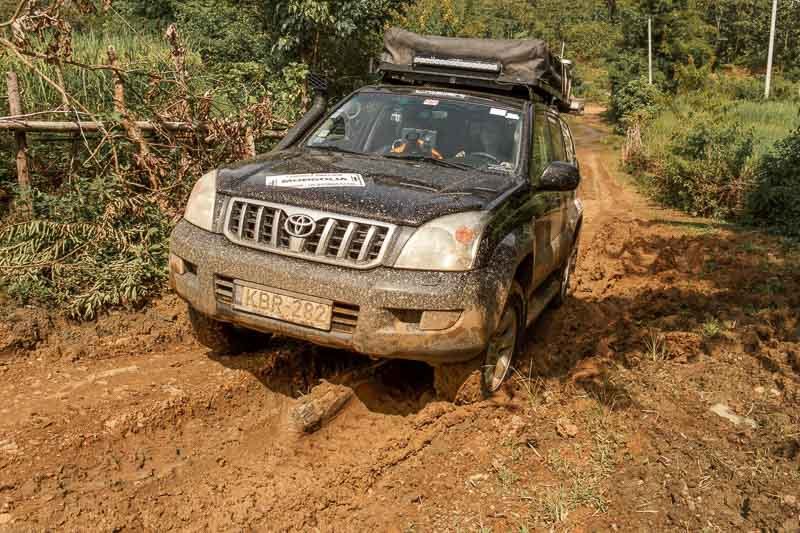
When one of the wheels starts to slip, such as on a slope or in slippery conditions, the default option provides convenience by automatically converting from two-wheel drive to four-wheel drive.
You’d choose the 4WD High if you want to make greater use of traction to move forward with a lower risk of sliding and spinning wheels.
If you have a system with 4WD Auto, 4WD High is unnecessary because the car has automated traction control, which lowers the risk of slipping wheels.
When to Use 4 Hi And 4 Low?
You engage the 4WD High when you want to drive at normal speeds over wet or snowy roads. It is useful when you need more traction than usual but still moves at a reasonable speed. It is the setting you’ll want in icy weather, rocky roads, or if you’re traveling over some uneven grassland.
You should not engage 4-Hi should at speeds below 15 mph. It simply means that you shouldn’t try to get unstuck with 4Hi.
4 Low is useful when you need “more torque” because you’re about to do some challenging driving. You can use it when traveling below 15 mph and in conditions, such as severe ice, snow, or mud; deep sand or water; a steep ascent; or driving through exceptionally difficult terrain.
Lower gearing also maximizes your 4×4’s capabilities by utilizing the vehicle’s engine braking system, which assists in controlling your downhill descending. The feature enables more precise handling without putting all of the weight on the brakes.
Alternatively, you may stick to the default mode, which provides convenience by switching from two-wheel drive to four-wheel drive when one of the wheels begins to slip, such as on a slope or in slippery conditions.
It is especially beneficial when the surface is alternating between smooth and dry surfaces, such as when a dry roadway has patches of water or snow or when a paved path has gravel sections.
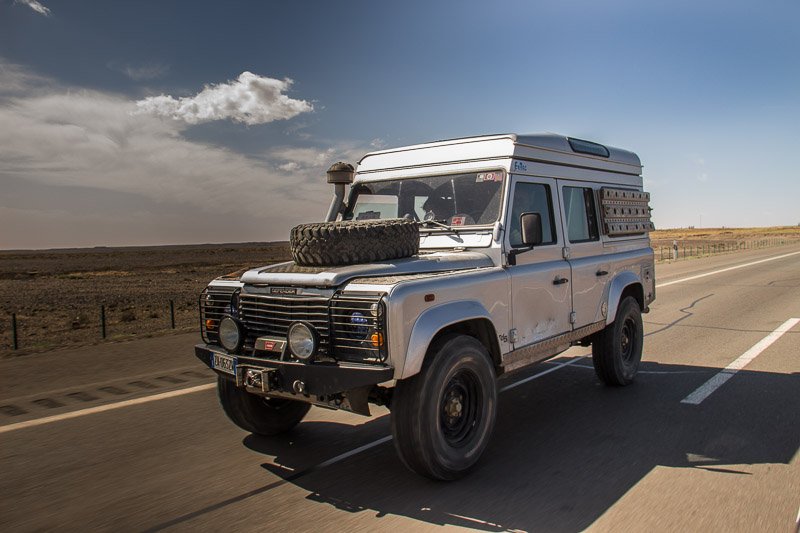
Can You Drive In 4 Hi on The Highway?
On low traction terrain, driving faster than 55 mph in 4WD High is recommendable. But make sure you’re not locking the differentials (don’t engage diff-locks). The issue would be that you’d be locking the differential between your wheels, which will cause all four wheels to spin at the same speed.
It is quite risky when you’re driving down the highway at high speeds and trying to turn. The wheels on both sides must travel at different rates when driving. Driving in 4WD at high speeds on highways with the diff-lock engaged is only safe on straight roads. Hence, even though technically you can, driving in 4 Hi on the highway with diff-locks on is not advisable.
Only use 4WD when the road surface traction is poor. There will always be road conditions and off-road circumstances that allow us to travel at speeds of 55 mph safely and higher in 4 Hi.
Some vehicles would automatically engage the diff-locks when you switch to 4WD from 2WD, so make sure you know your vehicle’s 4×4 system.
However, when road surfaces appear safe, we should not throw caution to the wind but always remain vigilant when driving off-road since there are so many factors that are beyond our control.
Low-range gears are for sluggish driving and should not be for high-speed driving on any surface or highway.
How Fast Can You Drive In 4 Low?
Knowing when to pick 4×4 Low is critical for the safety of your 4×4, you and that of your passenger.
Since the terrain conditions would generally be low traction, rocky, steep, and uneven surfaces that necessitate low-speed handling, driving speed in 4×4 Low should never exceed 10 mph. On any driving surface, maintaining traction and optimal power is more critical than speed.
You activate the low ratio transfer case, which employs low ratio gears when you choose 4×4 Low. It not only maximizes revs in your car but also greatly lowers the vehicle’s capacity to travel quickly. 4×4.
Low maintains high rev to ensure that you have access to all of the engine’s power and torque at all times. The feature is beneficial because it decreases the risk of halting in the middle of a risky or difficult barrier.
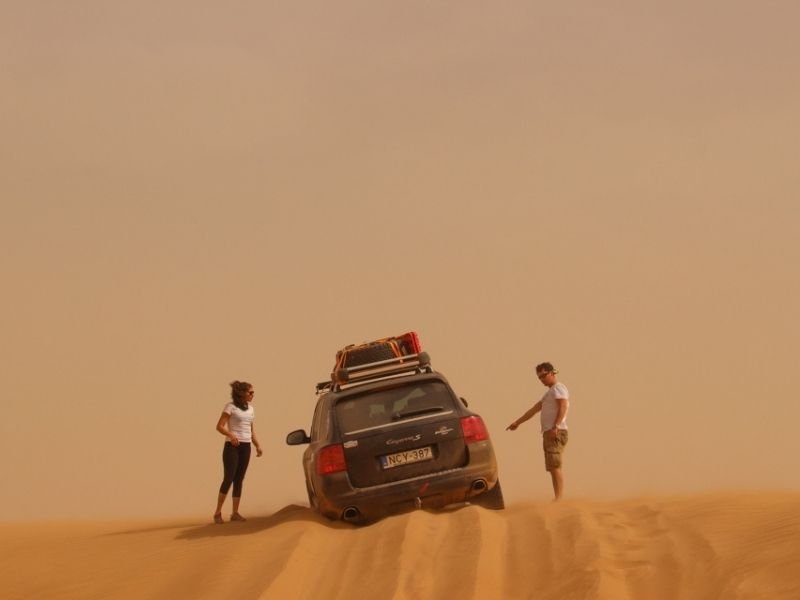
4 Low or 4 Hi in Sand?
It is advisable to first reduce your tire pressure before venturing into sand terrain. Sand driving demands frequent maneuvering while focusing on both the ground ahead and your rev counter.
Before it’s too late, you’ll need to know your vehicle’s rev range and where it starts to fall off so that you can shift to a lower gear. Higher-revving gas cars perform better in the sand because they have a larger rev range to work with.
While 4-Hi is preferable for faster speeds, 4-Low is best for slower travel on off-road terrain. If you plan on traversing sand terrain, then low range mode is best suited for this.
The mode applies additional torque to your wheels and is particularly effective while traveling at low speeds. 4-Hi works best when you’re driving at a normal speed in challenging terrains and when you think you need momentum.
Generally, 4WD Hi is appropriate for light sand while 4WD Low is ideal for deep sand while keeping the speed below 15 miles per hour.

4 Low or 4 Hi in Snow?
When driving on snowy roads, it’s usually preferable to use the 4 Hi option, which distributes power to all four wheels, increasing grip while decreasing the chances of slipping and spinning wheels. On poor traction terrain, such as ice roads, 4-wheel drive systems provide greater traction and control.
Moreover, when driving in the snow, you should immediately activate 4-Hi and 4-Low for slow, controlled driving at speeds below 10 mph. For speeds greater than 15 mph but less than 50 mph in the conditions described above, the 4WD Hi option is highly recommendable.
On the other hand, if the road surface has a combination of strong traction and slippery spots, 4-Auto would be the appropriate mode. Here, you actuate 4-Auto and allow the computer and sensors to figure out when to engage 4-Hi on their own.
The mode will avoid the binding of the drivetrain while still providing a reasonable fuel economy in high-traction areas. When not using the low range, you use the low range for slow driving.
It should never use it for high-speed driving on any terrain. It is advisable not to use the low range for long at speeds above 30 mph since it might do much harm to your car.
To be more exact, you do not engage 4WD High in severe conditions, on everyday driving, and at speeds over 55 mph. 4WD Low is inappropriate for slippery conditions, clear, dry roads, and speeds over 15 mph. And lastly, do not use 4WD Auto in severe conditions and serious off-roading.
Conclusion
Off-road and on-road, 4WD cars are typically better at managing difficult circumstances. When driving at high speeds on the highway in snowy or wet weather, 4-Hi can help you maintain traction.
Use 4-low for harsh off-road situations and sluggish speeds. it’s also vital not to travel too quickly when driving in 4WD. A decent rule of thumb is not to exceed 55 mph in 4-Hi (unless your vehicle has permanent 4WD, in which case 4-Hi is your base setting for everyday driving) and no more than 35 mph in 4-Lo.

